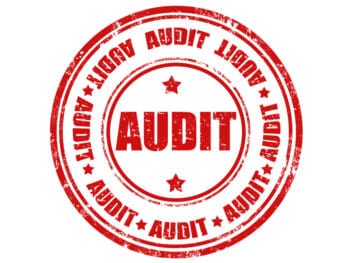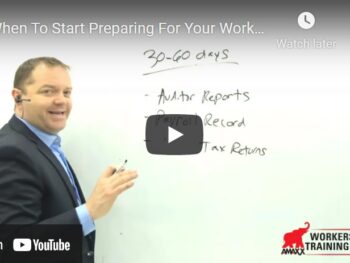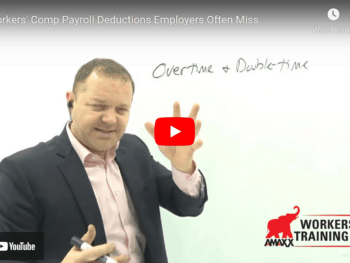
Gross Payroll Figures Must Reflect True Wages
Gross payroll figures must reflect only the true wages for the employees of the organization. Sort out leased employees, contractors, vendors, and sub-contractor persons working. It is necessary for the employer to transfer risk back to these suppliers. Obtain Certificates of Insurance from these suppliers naming the employer as an also insured. Use contractual hold-harmless and indemnification clauses in all contracts with the supplying organization.
Click Link to Access Free PDF Download
“Workers’ Comp Claims Review Checklist: 9 Must-Have, Serious-Impact Elements”
Proper Employee Job Classification
Proper employee Job classification coding is the next step. The National Council on Compensation Insurance (NCCI) has developed the codes used by most states. The states not using NCCI codes have developed their own lists. Most job codes reflect the overall business. Hence multiple codes could apply for the same type job. Each could have a different rate. Furnish the agent, broker, risk manager, or underwriter with complete job descriptions. Detail all tasks and hours. A few NCCI job class code examples are: 3632 machine shop repair employees, 8810 clerical persons, and 5022 masonry workers.
An example of class code rates and group rates could be:
– Machine Shop coded 3632 has a basic rate of $2.69
– Clerical coded 8810 have a basic rate of $0.21
– Masonry coded 5022 has a basic rate of $5.79
Experience Modification Rate
In addition to the basic premium states assign the experience modification rate. This is developed by the state insurance department using the loss experience of the employer. A rate of 1.00 is considered average for the industry. A poor loss experience will lead to an experience modification factor of greater than 1.0 and a positive loss experience will lead to a mod of less than 1. Each employer will have a minimum mod which would reflect a zero loss history.
Discounts, Penalties, And Assessments
The final step is the application of discounts, penalties, and assessments. Credits are determined based on many potential factors. A few are: employer safety programs, substance abuse programs, low loss experience. Penalties or assessments can be due to poor loss experience, poor operational conditions, OSHA fines and many other causes.
Final Calculation Formula
(Gross Payroll) x (Job Classification code rate) X (MOD Rate) + or – (adjustments) = Premium.
Assuming the net Gross payroll is $100,000.00 and the employer qualifies for a 5% safety discount, the numbers for the Machine Shop premium would be:
$1,000,000 x 2.69% (class code rate) x 1.15 (experience modification rate) – $1,547 (5% safety credit) = $29,388 as final premium.
Carrier earnings cause impacts on premiums. Good earning years from carrier investments or income may allow them to deviate from the state rates. They may grant premium reductions based on a percentage of those earnings. During lean earning years, or years with lost profit, carriers more than likely will charge full premium value.
Unit Statistical Reporting:
All data used in the experience modification calculation must be reported to the state insurance department six months prior to policy renewal. If a policy expires August 1 2020 the losses must be valued and reported by February 1, 2020. Since the modification calculation runs for three policy years that means policies that expired 8/1/19 and 8/1/18 must also have the current values reported.

Contact: mstack@reduceyourworkerscomp.com.
Workers’ Comp Roundup Blog: https://blog.reduceyourworkerscomp.com/
©2020 Amaxx LLC. All rights reserved under International Copyright Law.
Do not use this information without independent verification. All state laws vary. You should consult with your insurance broker, attorney, or qualified professional.
















